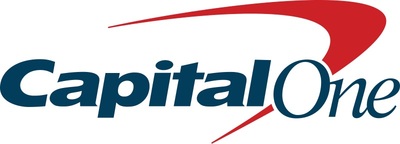- Capital One Financial Corporation is set to release its quarterly earnings on October 21, 2025, with Wall Street analysts projecting an EPS of $4.23 and revenue of $14.9 billion.
- The company’s revenue forecast indicates a significant 48.8% year-over-year increase, attributed to higher net interest income, loan growth, and stronger fee income.
- Financial metrics such as a price-to-sales ratio of approximately 2.35 and a debt-to-equity ratio of about 0.47 highlight Capital One’s valuation and operational efficiency.
Capital One Financial Corporation, trading on the NYSE under the symbol COF, is a prominent player in the financial services sector. The company is known for its credit card, banking, and auto loan services. As it prepares to release its quarterly earnings on October 21, 2025, investors are keenly watching the anticipated figures. Wall Street analysts estimate earnings per share (EPS) to be $4.20, with projected revenue of approximately $15.08 billion.
However, more recent predictions suggest a slight variation. Analysts now expect Capital One to report an EPS of $4.23, reflecting a 6.2% decline from the previous year. Despite this, the revenue forecast stands at $14.9 billion, marking a significant 48.8% year-over-year increase. This growth is attributed to higher net interest income, loan growth, and stronger fee income, as highlighted by recent analyst reports.
The consensus EPS estimate has been revised downward by 2.2% over the past 30 days, indicating a reassessment by analysts. Such revisions are crucial as they often influence investor reactions and can impact the short-term price performance of a stock. The company’s history of earnings surprises, such as the second quarter’s results exceeding the Zacks Consensus Estimate, adds an interesting dimension to the upcoming results.
Capital One’s financial metrics provide further insight into its valuation and operational efficiency. The company has a price-to-sales ratio of approximately 2.35 and an enterprise value to sales ratio of about 2.24. These figures indicate the company’s valuation relative to its revenue. Additionally, the enterprise value to operating cash flow ratio is around 6.55, reflecting its cash flow efficiency.
The company’s debt-to-equity ratio stands at approximately 0.47, suggesting a moderate level of debt compared to its equity. The current ratio is about 0.14, indicating its ability to cover short-term liabilities with short-term assets. As Capital One prepares to announce its third-quarter results, these financial metrics will be closely scrutinized by investors and analysts alike.




